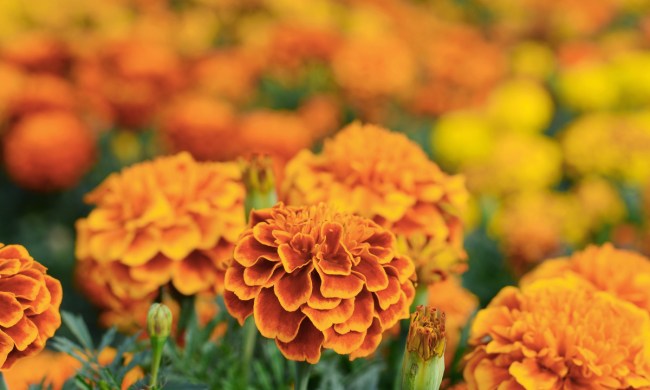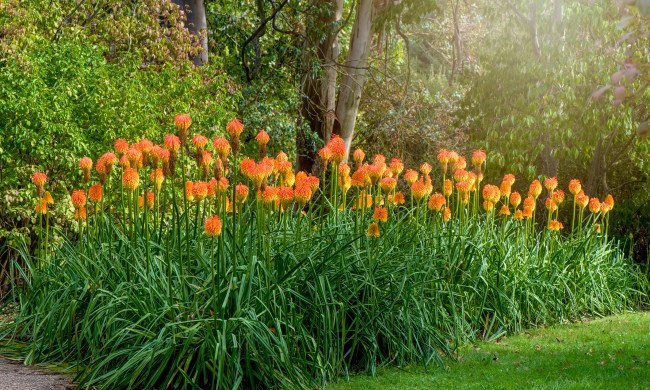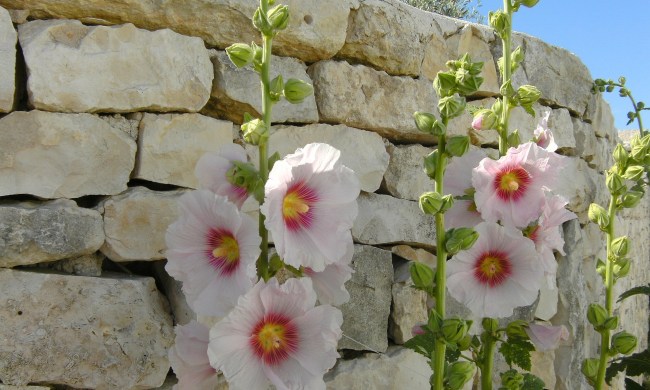At some point throughout the seasons, every gardener will hear that roses can be finicky, high-maintenance plants that probably shouldn’t be grown unless you have a lot of time to dedicate to their care and maintenance; however, that’s not always the case. With over 100 different varieties of roses, you’ll find that some are much easier to care for than others, opening the door for any gardener of any skill level to enjoy these beautiful bushes in their gardens.
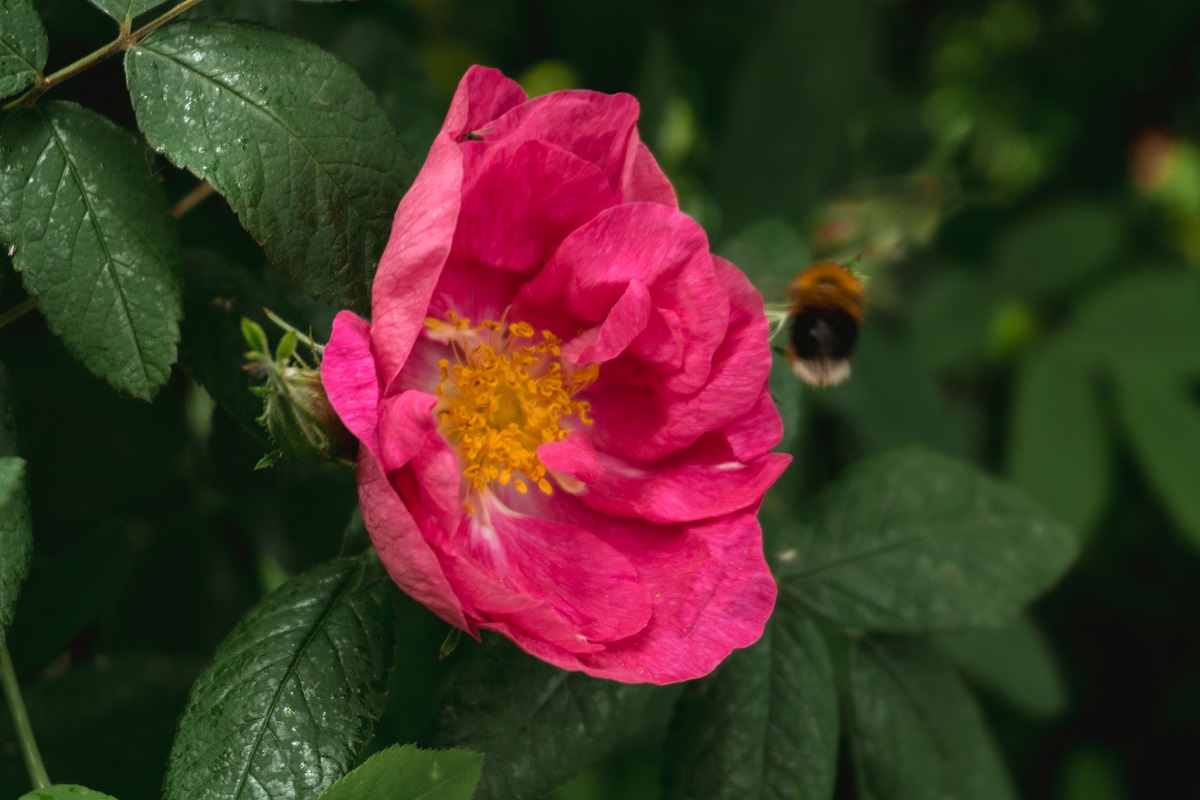
How to care for roses in your garden
Like most outdoor garden plants, rose bushes love lots of light and well-draining soil. They’re happiest when planted in a spot where they’ll receive six hours of sun each day with deep waterings twice a week. You’ll find that your rose bushes will grow more and produce more blooms when these growth conditions are met. Ones that are cared for properly have the potential to reach their full size in just a few years. Older species of roses have longer lifespans, with some living for more than 50 years, whereas newer species may only last you up to 10 years (even with the best care possible).
Rose bushes should be planted in the spring when daily temperatures are still relatively cool (around 40 to 60 degrees Fahrenheit). When deciding on a location in your yard, be sure to consider their needs for sunlight and avoid places that are shaded by trees or the house throughout the day. Most varieties will come with planting instructions to help you figure out what shape the hole you plant them in should be. The holes for your roses should be deep and filled with well-draining soil. You can look for rose-specific soil or amend some you have with peat moss to help keep it loose.
Once your roses are established, you should make sure to prune and fertilize them regularly to help keep up with maintenance. As the blooms grow and die throughout the season, be sure to deadhead them so the rose bushes can direct their energy to healthy foliage and new growth.
Why roses can be a bit more high maintenance
Although roses enjoy six hours of sunlight a day, they’re very particular about when those hours happen. Your roses will be much happier getting six hours of morning light as opposed to afternoon or evening light. This is because they prefer to have their flowers and foliage dry, and the morning light will get rid of the dew that forms overnight much quicker.
When you water, you should avoid watering from above and instead try to water at the base of the plant as best you can—for similar reasons. The fact that rose bushes prefer to be dry is a key point in their care and needs. If you get the foliage wet when watering, you’re inviting disease and fungus (like powdery mildew) into the environment.
Rose bushes are one of a handful of plants that will reward you for additional pampering and extra effort. Most notably, when you care for rose bushes and take all the steps to meet their ideal conditions, you’ll see more blooms, more growth, and less disease, fungus, or pest problems.
Easy-to-grow rose bushes
If you can’t keep up with the extra maintenance required by average varieties, there are easy-to-grow rose bushes that you can plant in your garden and around your property. The easiest roses to grow are ones marked as disease resistant. They produce a good amount of flowers throughout the growing season, so long as they’re planted where they can receive six hours of sun a day and are watered regularly (those are two things you can’t skip out on if you want healthy, happy roses). Most easy-to-grow rose varieties also don’t need to be deadheaded, so if you don’t have time for trimming or maintenance throughout the season, these may be ideal for you.
Knock out
Knock out roses are one of the most well-known varieties with long-lasting, beautiful red blooms that have a nice but delicate fragrance. This variety is perfect for gardeners who aren’t looking for their rose bush to dominate their gardens. Dark purple-green foliage complements the red buds on this disease-resistant shrub, and they’ll bring color to your yard throughout most of the growing season with little-to-no deadheading or pruning required.
Light needs: Full sun to partial shade
Water needs: Regular watering
Soil needs: Moist, well-draining soil
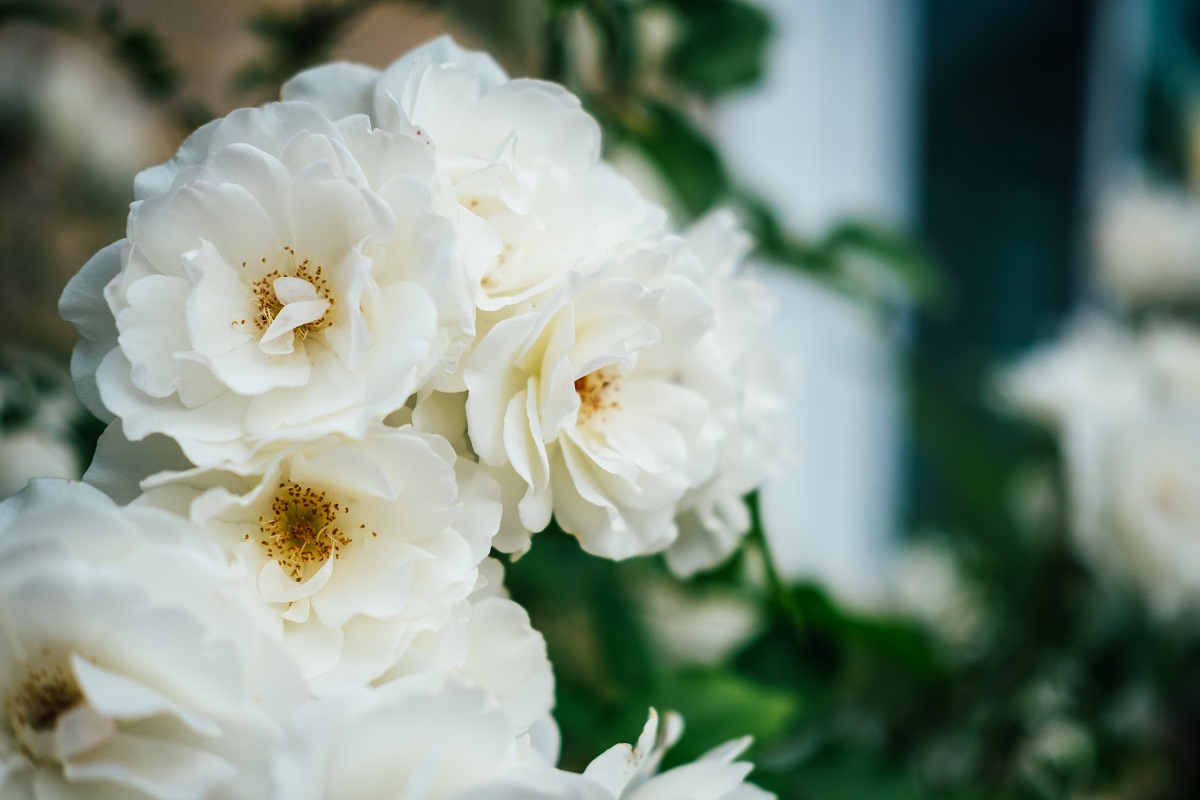
Snowdrift
Snowdrift roses are perfect for homes looking to recreate cottage-style gardens or for those who love neutral colors. The white blooms of this variety bring a crisp look to any garden bed, and they’re even great for cutting and adding to live floral arrangements. Snowdrift roses are disease-resistant and hardy with fragrant blooms that stick around all season long. Best of all, this variety is great for container-growing for those with small outdoor spaces.
Light needs: Full sun
Water needs: Regular watering
Soil needs: Moist, well-draining soil
All the rage
All the rage roses have gorgeous, delicate pink blooms that start out as coral buds. From beginning to end, this variety brings a pop of color to your yard and home! The bright yellow centers are a wonderful contrast, making this rose perfect for those still searching for the star of their garden. These roses are disease resistant with lovely green foliage, growing up to five feet tall.
Light needs: Full sun
Water needs: Regular watering
Soil needs: Moist, well-draining soil
Aside from these varieties, there are many other easy-to-grow rose bushes you can find online or at your local nursery. Ones like “paint the town,” “flower carpet,” “little mischief,” and “firecracker” are equally gorgeous and will add nice pops of color to the outside of your home. Best of all, since the care is quite similar for most easy-to-grow roses, you can pair a few of these varieties together for a beautiful rose collection.
